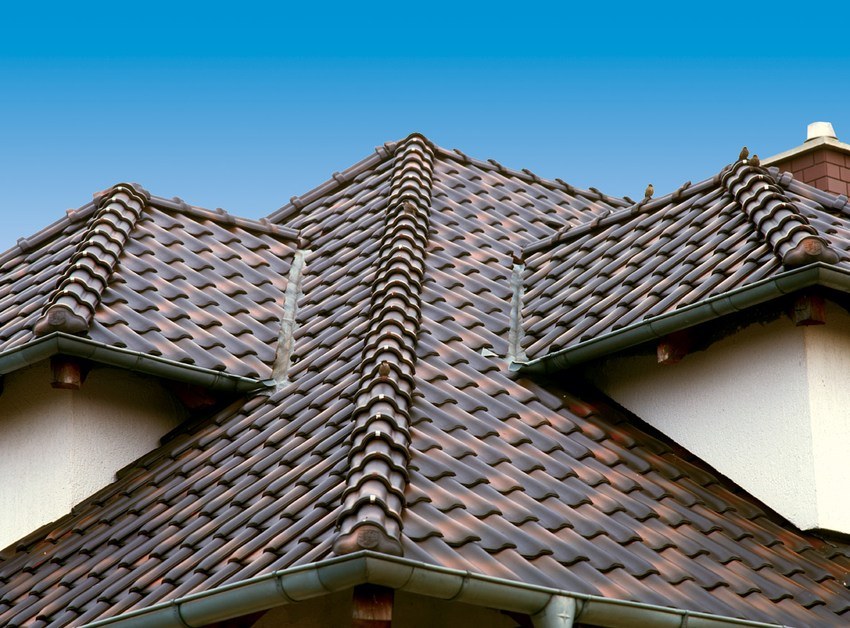How do you inspect and maintain your commercial roof
Flat or low-slope roof covering
Low-slope and flat roofing can cause severe weathering, as well as brittle roof membranes. Standing water for long periods can lead to mold growth and the growth of vegetation. Check the roof's underneath and check for water damage. This could indicate that your roof covering may be damaged. Also, consider these:
Teamwork Exteriors Inspect ballasted roofs for uneven rock distribution.
Position any rocks to cover roof membranes that are missing, bare or damaged.
-
Make sure the roof membrane isn’t damaged.
Modified bitumen and built-up roofs should be inspected for cracks and bubbles, excessive wear around connections, tears, and punctures, as well as excess wear. Be aware that severe weathering can cause the loss or removal of embedded gravel and protective coatings.
-
Single-ply: Look out for tears, worn seams, and seam failure. Check for unusually loose membranes and blisters in adhesive or glued-down systems.
-
An acrylic coating can be removed by weathering, splitting, punctures, or spray Polyurethane foam punctures.
-
You should inspect metal panels for loose screws and rubber washers. Metal panels can rust from these loose screws and rubber washers. Inspect for signs of corrosion, worn-off paint, or discolored paint. This acts as an anti-rust coating. You should also be on the lookout for dents and divots.
Roof coverings for steep-sloped roofs
You must ensure that the roof doesn't lose its shape or bow. These are some other factors to consider:
-
Inspect asphalt shingles for cracks or loose shingles.
-
Check for cracked or missing tiles in clay and concrete tiles.
-
You should inspect metal panels for loose screws and worn rubber washers. Metal panels can become brittle and prone to corrosion from these loose screws. Also, look out for signs of corrosion and worn-off or discolored coatings. This acts as an anti-rust coating. Be aware of dents and divots.
Drainage solutions for roofs
Remove any debris from your roofs, such as leaves, sticks, and construction debris. You should also remove any dirt or other granules stuck to gutters and roof drains.
Check your gutters regularly for any blockages that may be causing standing water. If the gutter is clear of obstructions but there is still water, make sure that it slopes towards the downspout.
For signs of deterioration, inspect the perimeter flashing. Low-quality flashing and loose flashing can increase roof failure risk in high winds.
Equipment mounted to the roof
-
Check for corrosion on metal panels, screws and flashing on curbs.
-
Make sure the equipment is connected to the curb. Check the connection of the equipment to the curb for signs of water damage.
-
All wires and straps should be securely fastened. There should not be any slack. For more information, refer to the instructions of your manufacturer.
-
Be sure to inspect the area around roof-mounted equipment curbs for flashing. This could cause structural failure and water penetration.
-
You should remove all debris from the roof-mounted equipment and surrounding areas. Water can pond from debris.
-
Make certain that all service panels have fasteners to stop them being removed.

